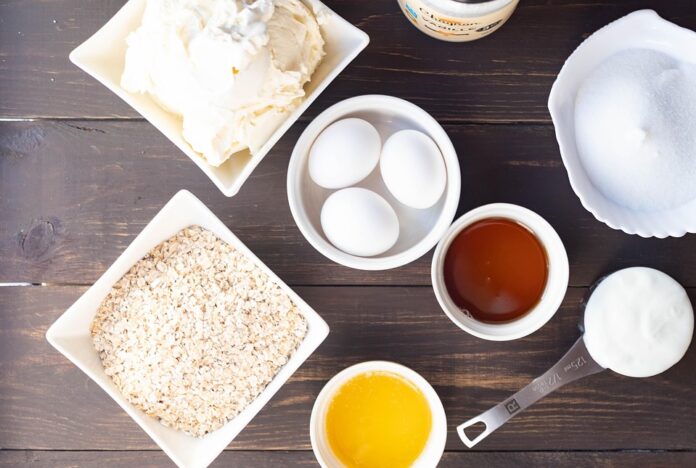Bulk Syrup Packaging Formats: Drums, Jugs, and Bag in Box
Bulk syrup packaging is a crucial aspect of the food and beverage industry, offering a convenient and cost-effective solution for businesses that require large quantities of syrup for their products. Three common packaging formats for bulk syrup are drums, jugs, and bag in box. Each format has its own unique advantages and is suited to different types of businesses and applications.
Drums
Drums are one of the most common packaging formats for bulk syrup. These large cylindrical containers are typically made of steel or plastic and come in various sizes ranging from 5 gallons to 55 gallons. Drums are robust and durable, making them ideal for storing and transporting syrup in bulk quantities.
One of the key advantages of using drums for syrup packaging is their stackability, which allows for efficient storage and transportation. Drums are also easy to handle and can be moved using forklifts or pallet jacks. Additionally, drums provide excellent protection for the syrup, helping to preserve its quality and freshness.
In terms of cost, drums are a cost-effective option for businesses that require large volumes of syrup. The price per gallon of syrup in drums is typically lower compared to other packaging formats, making it a popular choice for manufacturers and distributors.
Jugs
Jugs are another popular packaging format for bulk syrup. These plastic containers come in various sizes, ranging from 1 gallon to 5 gallons, and are commonly used for packaging syrup for retail and foodservice applications. Jugs are lightweight and easy to handle, making them convenient for pouring and dispensing syrup.
One of the key advantages of using jugs for syrup packaging is their portability. Jugs are easy to transport and store, making them ideal for businesses that require flexibility in their packaging options. Jugs also provide excellent visibility of the syrup inside, allowing customers to see the product before purchase.
In terms of cost, jugs are a cost-effective option for businesses that require moderate volumes of syrup. The price per gallon of syrup in jugs is typically higher compared to drums but lower compared to bag in box packaging. This makes jugs a popular choice for small to medium-sized businesses.
Bag in Box
Bag in box is a packaging format that consists of a flexible bag housed in a sturdy cardboard box. The bag is fitted with a dispensing tap, allowing for easy pouring and dispensing of syrup. Bag in box packaging is commonly used for dispensing syrup in foodservice settings such as restaurants, cafes, and bars.
One of the key advantages of using bag in box for syrup packaging is its convenience. The dispensing tap allows for easy and mess-free dispensing of syrup, making it ideal for high-volume applications. Bag in box packaging also offers excellent protection for the syrup, helping to preserve its quality and flavor.
In terms of cost, bag in box packaging is a cost-effective option for businesses that require moderate to large volumes of syrup. The price per gallon of syrup in bag in box packaging is typically higher compared to drums and jugs but lower compared to other packaging formats such as bottles or cans.
Overall, the choice of bulk syrup packaging format depends on the specific needs and requirements of the business. Drums are ideal for businesses that require large volumes of syrup and prioritize cost-effectiveness and durability. Jugs are suitable for businesses that require moderate volumes of syrup and value portability and convenience. Bag in box packaging is ideal for businesses that require high-volume dispensing of syrup and prioritize convenience and freshness.
In conclusion, bulk syrup packaging formats such as drums, jugs, and bag in box offer a range of options for businesses in the food and beverage industry. Each format has its own unique advantages in terms of cost, convenience, and protection of the syrup. By understanding the features and benefits of each packaging format, businesses can choose the most suitable option for their specific needs and requirements.




